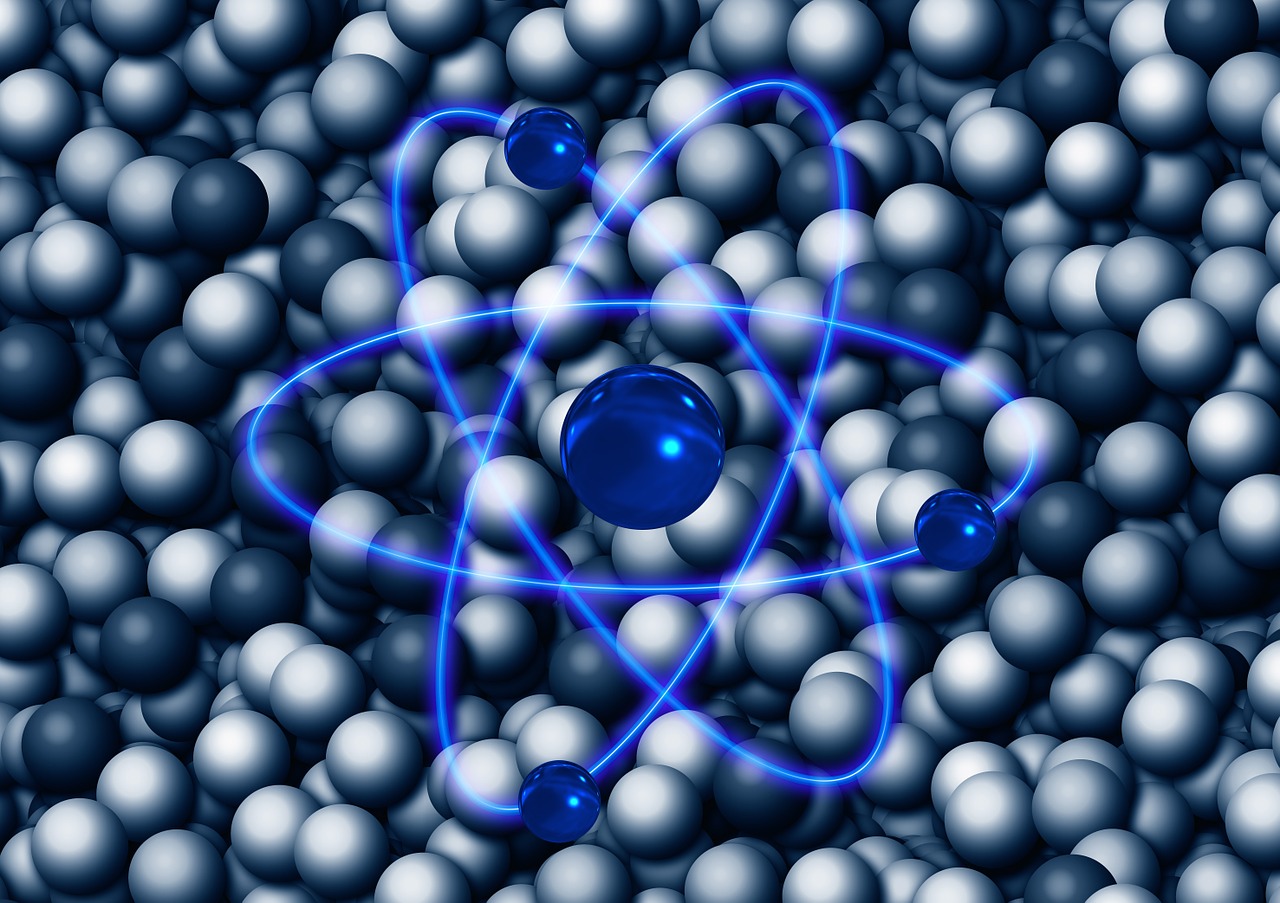
Scientists Develop Database of Everyday Harmful Chemicals
- News
- 1.4K
Scientists Develop Database of Everyday Chemicals Harmful to Human Health
In our daily lives, we get exposed to dozens of chemicals either through products we use or consume as well as through exposure to the environment. Such chemicals are present in consumer products, pesticides and insecticides, cosmetics, drugs, electric fittings, plastic products, electric and electronic devices and so on. Many of them contain substances harmful to human health and have been subjected to research over the years.

Now, Indian scientists have developed a comprehensive database of such chemicals belonging to a particular category known as endocrine-disrupting chemicals or EDCs. These chemicals can interfere with hormones in the human body, causing adverse health effects related to development, growth, metabolism, reproduction, immunity, and behavior. The World Health Organization (WHO) considers them as ‘chemicals of emerging concern.’ EDCs are only a subset of toxic chemicals in our environment that affect the hormonal system.
The database is not a simple listing of chemicals but a comprehensive catalog of research studies that focused on the impact of these chemicals on health. These studies have been done in rodents and humans. The database has been developed by an interdisciplinary team of researchers at the Chennai-based Institute of Mathematical Sciences (IMSc).
Over 16000 scientific studies about EDCs and evidence of their ability for endocrine disruption were mined. Based on this, 686 potential hormone-disrupting chemicals have been identified with evidence of causing hormonal changes in 1796 research articles specific to humans or rodents. The first version of ‘Database of Endocrine Disrupting Chemicals and their Toxicity profiles’ (DEDuCT) has been published and it is freely accessible.
The chemical substances have been classified into seven broad categories – consumer products, agriculture and farming, industry, medicine and healthcare, pollutants, natural sources and intermediates – and 48 sub-categories. Almost half of the chemicals listed in the database fall in the ‘consumer products’ category. Of 686 potentially harmful chemicals identified in the database, only 10 are in the Safer Chemicals Ingredients List (SCIL) of the US Environment Protection Agency.
All detailed information such as which EDC causes endocrine disruption, at what dose and if the study has been in animals or humans, is available in a searchable mode. The dose information is critical since some of these chemicals can result in adverse impacts even at very low doses, while in some case it may not be so. One can also get chemical structure, physicochemical properties and molecular descriptors of the chemicals.
“We identified EDCs based on published experimental evidence about their ability to cause endocrine disruption, and compiled observed adverse effects along with dosage information. Adverse effects have been classified further into seven systems-level changes. This information will facilitate toxicology research towards understanding the mechanism of endocrine disruption by these chemicals,” explained Areejit Samal, the scientist who led the research team in the computational biology group at IMSc, while speaking to India Science Wire.
The information will be useful to regulatory agencies, health authorities, and industry. In addition, it can be used for developing machine learning-based predictive tools for EDCs. The database is more comprehensive than other available resources on EDCs and contains extensive information on the dose which other databases do not have, researchers said.
Besides toxicology experts and other scientists, the database can also be useful for the general public. “This resource can help raise awareness against indiscriminate use of EDCs in daily life. People can browse these chemicals by an environmental source in our user-friendly database or can search if chemicals in products they use are EDCs based on our compilation,” added Samal.
The IMSc group has earlier developed an online database of phytochemicals present in Indian herbs that can potentially be developed into drugs.
The research team included Bagavathy Shanmugam Karthikeyan, Janani Ravichandran, Karthikeyan Mohanraj, R.P. Vivek-Ananth, Areejit Samal. A report on the database is to be published in the scientific journal Science of the Total Environment.
If you liked this article, then please subscribe to our YouTube Channel for the latest Science & Tech news. You can also find us on Twitter & Facebook.


